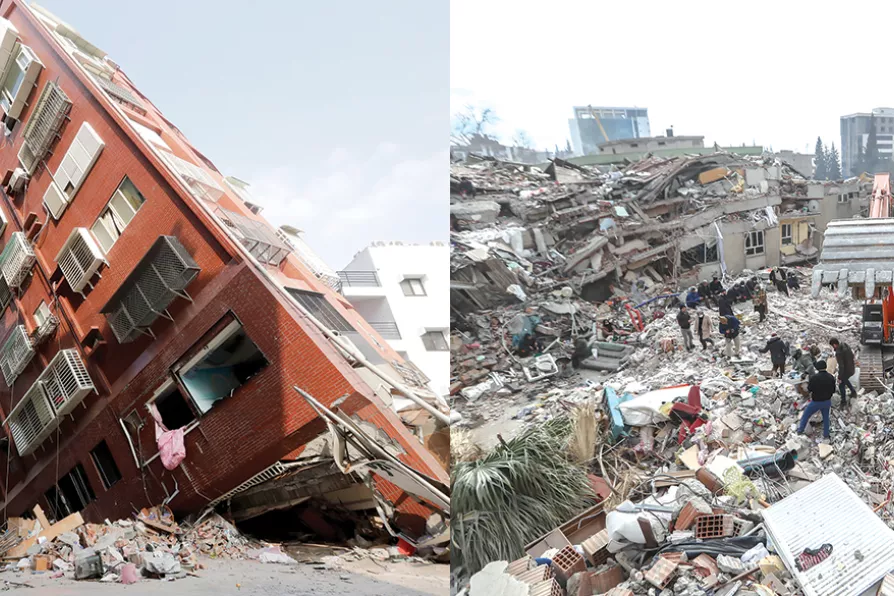From London’s holly-sellers to Engels’s flaming Christmas centrepiece, the plum pudding was more than festive fare in Victorian Britain, says KEITH FLETT

 DAMAGE LIMITATION: (Left) A powerful earthquake strikes Hualien City in eastern Taiwan, last Thursday; (right) Earthquake aftermath in Kahramanmaras, Turkey on February 10 2023
DAMAGE LIMITATION: (Left) A powerful earthquake strikes Hualien City in eastern Taiwan, last Thursday; (right) Earthquake aftermath in Kahramanmaras, Turkey on February 10 2023
IN a video taken just after a magnitude 7.4 earthquake struck the eastern coast of Taiwan on April 3, the Taipei 101 skyscraper is shown oscillating lightly. Despite the fact that tall buildings are particularly susceptible to seismic damage, the building only experienced minimal swaying during the earthquake.
Elsewhere in Taiwan, 28 buildings collapsed and at least 125 experienced some form of damage. It wasn’t simply luck that protected Taipei 101; the 1,670-foot tall building has been specifically designed to minimise damage from natural disasters that are endemic to the region, such as earthquakes and typhoons.
When an earthquake happens, its energy is dissipated in the form of seismic waves, which have a variety of frequencies (rates of vibration). These seismic waves cause the ground to shake.
Buildings have a natural rate at which they will vibrate, referred to as their resonant frequency, like the natural frequency of a child going back and forth on a swing. When seismic waves of this resonant frequency shake the ground beneath a building, the wave will be amplified, causing stronger shaking and more damage.














